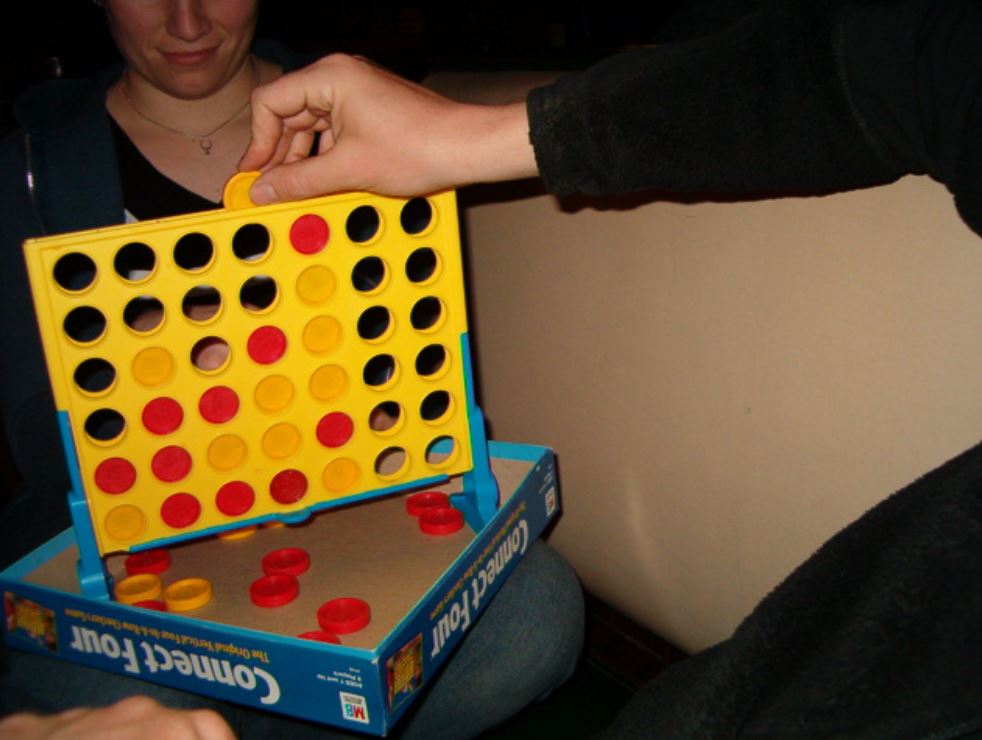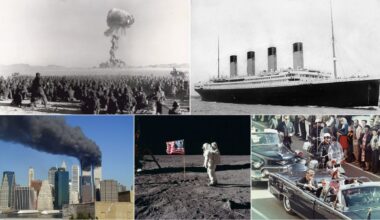Board games built math, words, and strategy long before apps. Many classroom skills came from living-room tables: counting rent, spelling under pressure, reading maps, and planning turns ahead. These classics span the 1860s to the 1980s and show how inventors, teachers, and toy makers turned simple parts into national hits. You will see polio-ward designs, wartime ideas, and mail-order parts that later filled store shelves. Use this guide to trace when each game started, who made it, and why it stuck.
1. The Game of Life (1860, 1960 relaunch)

Milton Bradley’s first hit was The Checkered Game of Life in 1860, a moral path game for young workers. A century later, designer Reuben Klamer relaunched it in 1960 with a car, a spinner, salaries, and family pegs. TV host Art Linkletter lent his name on early boxes. Kids practiced counting paydays and loans while moving from school to retirement. One brand ties two American eras together, from wooden boards before the Civil War to bright plastic during the Space Age.
2. Monopoly (1904 roots, 1935)

Monopoly grew from Elizabeth Magie’s 1904 Landlord’s Game, made to teach single-tax ideas. A homemade Atlantic City version reached Parker Brothers in 1935 after Charles Darrow’s sets sold strongly. The company standardized streets, Chance and Community Chest, and metal tokens from charm suppliers. During the 1930s craze, factories ran long shifts to meet orders. The game turned rent, mortgages, and trade into family math practice. What began as a warning about monopolies became the classic American deal table.
3. Scrabble (1938)

Architect Alfred Butts tested letter frequencies from newspapers in the 1930s and built Criss-Crosswords. In 1948 James Brunot licensed it, renamed it Scrabble, and streamlined rules. Sales exploded in 1952 when a major department store buyer noticed friends playing. By mid-1950s millions of sets were in homes, and word lists spread through schools. Rack management and seven-letter bingos taught planning as much as spelling. A quiet game of tiles became a national pastime built on careful math and language.
4. Candy Land (1949)

Schoolteacher Eleanor Abbott created Candy Land while recovering from polio, designing simple color cards so children could play without reading. Milton Bradley published it in 1949, and it quickly became a kindergarten favorite. The board’s landmarks guide nonreaders across a bright path, teaching turn order and patience. The game required no dice or math beyond colors, which helped families include very young players. A hospital idea turned into the starter game many Americans remember from early childhood.
5. Chutes and Ladders (1943 U.S. edition)

This U.S. version comes from India’s older Moksha Patam, a game about virtue and vice that British sets called Snakes and Ladders. Milton Bradley issued Chutes and Ladders in 1943 with playground art instead of snakes. Ladders reward good choices, chutes punish risky ones, and a single spin can change the race. Families used it to teach counting and consequences with quick turns and no reading. An ancient idea became a mid-century classroom tool with new pictures and a spinner.
6. Clue (1949)

Clue began as Cluedo, designed by Anthony Pratt in wartime Britain while air-raid blackouts kept people indoors. Parker Brothers released the American edition in 1949 with the famous suspects and rooms. The core is deduction: track weapons and locations, ask smart questions, rule out cards. Players learned to keep notes and plan guesses like detectives. A living-room murder puzzle sounds dark, yet the board’s order rooms and turns made logic safe and fun. The concept still anchors school logic lessons today.
7. Risk (1957–1959)

French filmmaker Albert Lamorisse created La Conquête du Monde in 1957; Parker Brothers brought it to the U.S. as Risk in 1959. Dice battles, continent bonuses, and long alliances taught probability and planning. The world map trained kids to spot borders and choke points while counting armies. Card sets forced attacks to earn trading bonuses, pushing action instead of turtling. Weekend marathons turned into geography practice without a worksheet. A movie maker’s idea became the classic globe-spanning strategy night.
8. Battleship (paper era to 1967)

Battleship began as a paper-and-pencil guessing game in the early 1900s, then moved to peg boards. Milton Bradley’s 1967 plastic edition set the modern grid with five ship sizes and white and red pegs. Kids learned coordinates and logic by hunting patterns, not luck alone. Later electronic versions added sound, but the core stayed the same: pick lines, test gaps, and remember misses. A simple grid helped generations practice mapping and deduction before GPS or touchscreens existed.
9. Sorry! (1934 U.S., older roots)

Sorry! adapts the Indian game Pachisi, known in many countries as Ludo. A British patent in 1929 led to Parker Brothers’ 1934 U.S. release with slides and the famous “Sorry!” bump. Movement by cards, not dice, let publishers tune odds. Children counted spaces, made safe choices, and learned that sending pieces home cuts both ways. A path game from South Asia became a rainy-day staple in American living rooms with faster swings that kept kids at the table.
10. Connect Four (1974)

Milton Bradley launched Connect Four in 1974, packaging a solved math idea as a family duel. Players drop checkers into a seven-column frame to line up four. The vertical rack turns gravity into a rule, forcing you to think below as well as across. Mathematicians later proved the first player can force a win with optimal play, yet most living-room matches still feel fresh. The design teaches pattern spotting, blocking moves, and patient traps in under ten minutes.
11. Trivial Pursuit (1979–1981)

Canadian friends Chris Haney and Scott Abbott wrote question cards at a kitchen table in 1979, releasing Trivial Pursuit in 1981. By 1984, the quiz craze filled U.S. shelves, and families argued over wedges in six categories. The board rewarded broad knowledge, from sports to history, and spawned school trivia nights. Packs kept content current as TV and music changed. The format turned recall into a party and proved that facts, not just luck, could carry a board game hit.
12. Stratego (1961 U.S., older roots)

Stratego’s roots trace to the French game L’Attaque from 1909; Dutch designer Jacques Johan Mogendorff developed Stratego in the 1940s. Milton Bradley brought it to U.S. shelves in 1961. Hidden ranks, bombs, and a single scouting piece teach planning and deception. Capture the flag is the goal, but memory of past moves wins matches. Kids learned to mask patterns and read opponents, a different skill from pure dice games. A European idea grew into an American rainy-day standard.
13. Trouble (1965)

Kohner Brothers released Trouble in 1965 with the Pop-O-Matic dice dome that keeps dice from rolling off tables. The game blends Pachisi-style racing with a press of the bubble each turn. The plastic dome became a school-age hit because it felt fast and tidy for families. Kids practiced counting, safe zones, and home runs without chasing pieces. The toy engineering sealed dice and one-hand presses was the real design win, turning a simple path race into a memorable sound.
14. Mouse Trap (1963)

Created by Marvin Glass and Associates in 1963, Mouse Trap paired a normal turn-taking chase with a working chain-reaction model. Players build parts of the contraption, crank, gears, boot, and net, then try to trap a mouse figure at the end. It brought Rube Goldberg-style machines to kitchen tables, teaching cause and effect step by step. Even when the trap misfired, kids learned which link needed fixing. A plastic model turned physics gags into repeatable, hands-on fun.
15. Yahtzee (1956)

Born as the “Yacht Game” on a Canadian couple’s boat, it was renamed and marketed by E. S. Lowe in 1956. Players roll five dice to make sets like three of a kind, full house, small or large straight, and the five-of-a-kind “Yahtzee,” then total points on a score pad. Kids practice quick addition, probability, and risk decisions as they choose whether to bank a safe score or press for a better roll. A cup, five dice, and paper made it a travel staple and quiet math booster.


